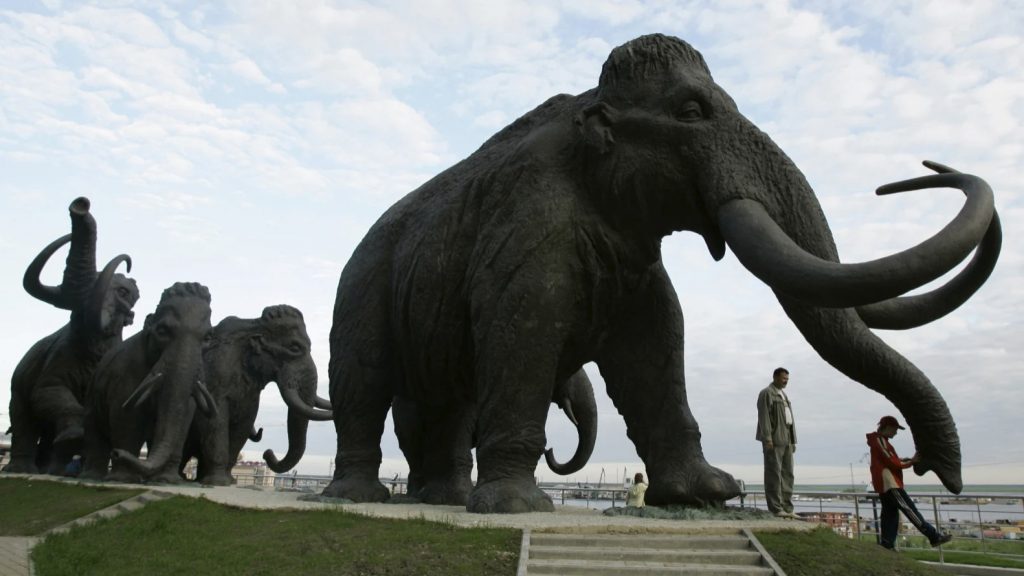The vast majority of woolly mammoths went extinct at the end of the last ice age…
But small, isolated populations managed to hold out for a little while longer. And they were so mutated that they developed diabetes, developmental disorders, male infertility, and even the inability to smell flowers.

The oldest representative of Mammuthus appeared around 5 million years ago during the early Pliocene. The last species to emerge, the woolly mammoth (M. primigenius), developed about 400,000 years ago in East Asia. Some of it survived on Russia’s Wrangel Island in the Arctic Ocean until as recently as roughly 3,700 to 4,000 years ago. Now, a new research reports about the dramatic health effects that had mutations on the final populations of woolly mammoths, trapped on that island.
The scientists identified several “deleterious mutations that are predicted to cause diverse behavioral and developmental defects.” These included disruptions to genes associated with neurological developmental defects, diabetes, reduced male fertility, and strangely, an inability to “detect floral scents.”
Scientists say their long reign eventually came to an end – an extinction process that transpired across two phases, and inbreeding is the likely culprit.
Wooly Mammoths on St. Paul Island and Wrangel Island
Between 15,000 and 10,000 years ago, as the Pleistocene transitioned to the Holocene, all continental populations of woolly mammoths disappeared. But a pair of relict populations managed to survive, at least for a little while.
Woolly mammoths on St. Paul Island lasted until around 5,600 years ago, while mammoths on Wrangel Island finally expired around 4,000 years ago.
The tiny, isolated populations suffered from a lack of genetic diversity, leading to a host of problems associated with inbreeding. But this is not a surprise.
The new research is unique in that it demonstrates the functional consequences of specific genetic mutations. The lead scientist explains:
“What we did that was different from previous studies was try to determine if mutations in the Wrangel Island mammoth genome changed the way genes functioned, which we did by resurrecting some of those genes.”
“We could then test the functions of those genes in the lab—and it turns out all the mutations we tested changed how Wrangel Island mammoth genes functioned, and in ways that are expected to be pretty bad.”
The mutated mammoth could smell things, just not floral scents and it’s also remarkable given just how important smell is to elephants – they have thousands of genes for detecting various odors, which is way more than other mammals. [Gizmodo]












